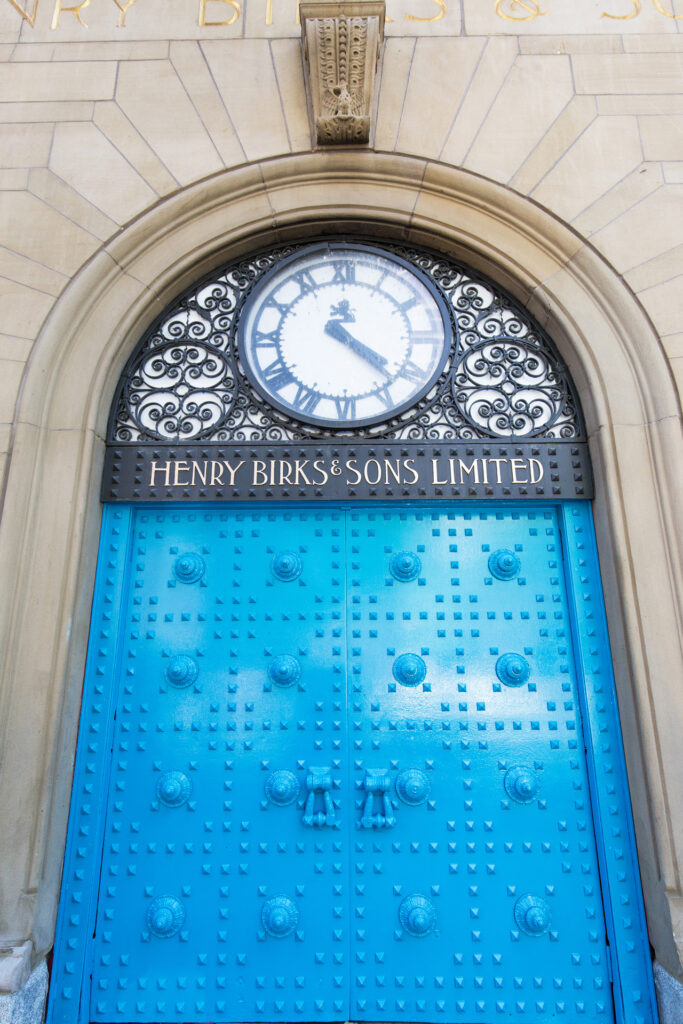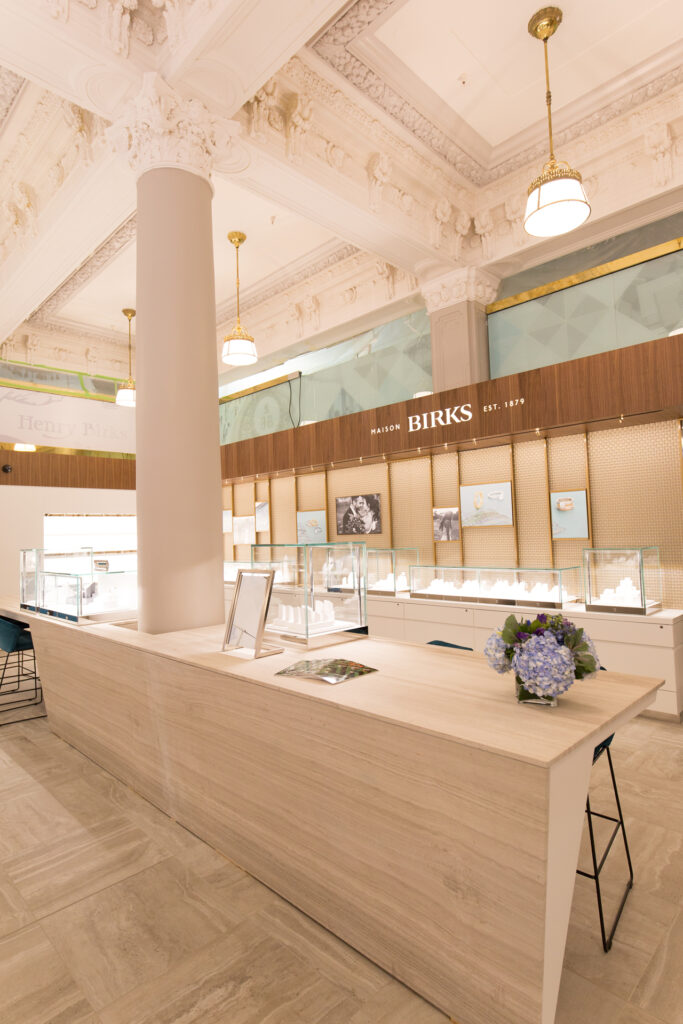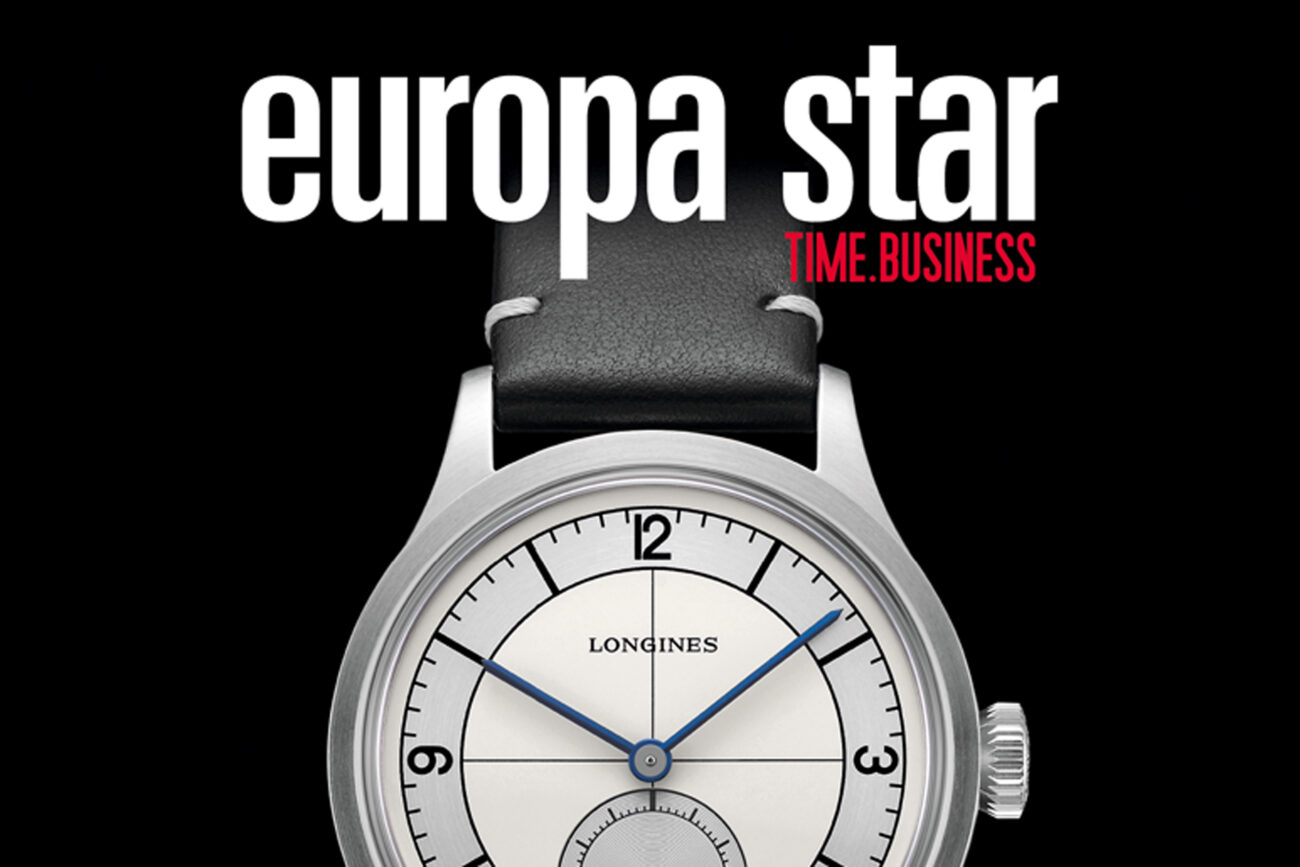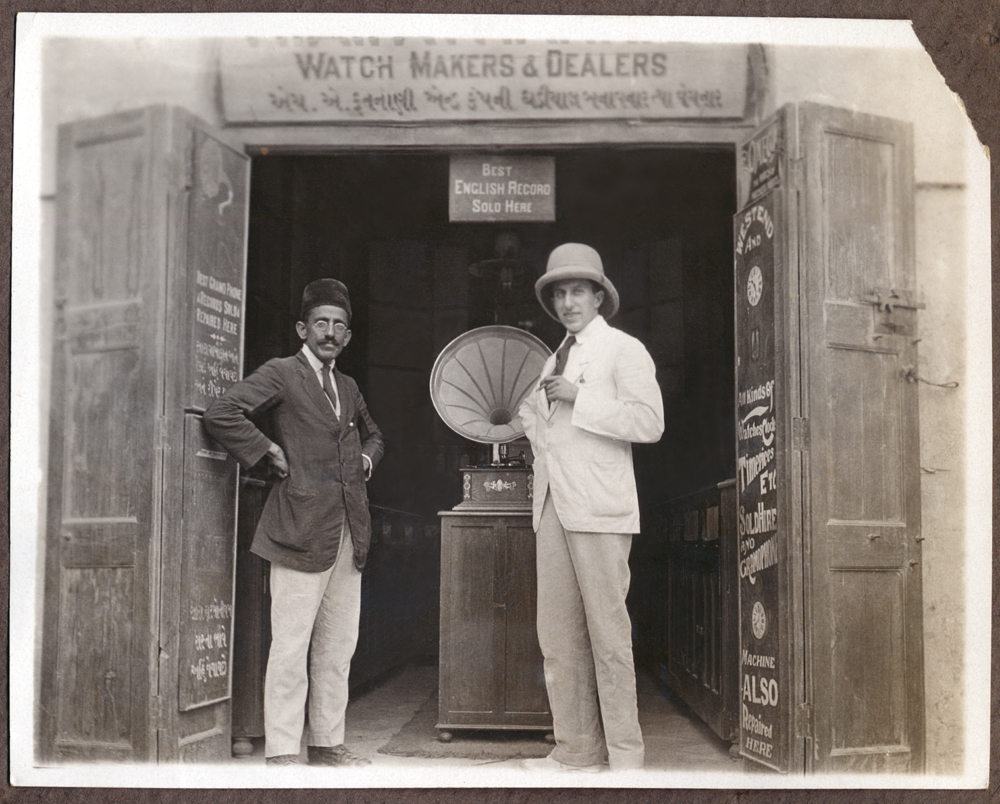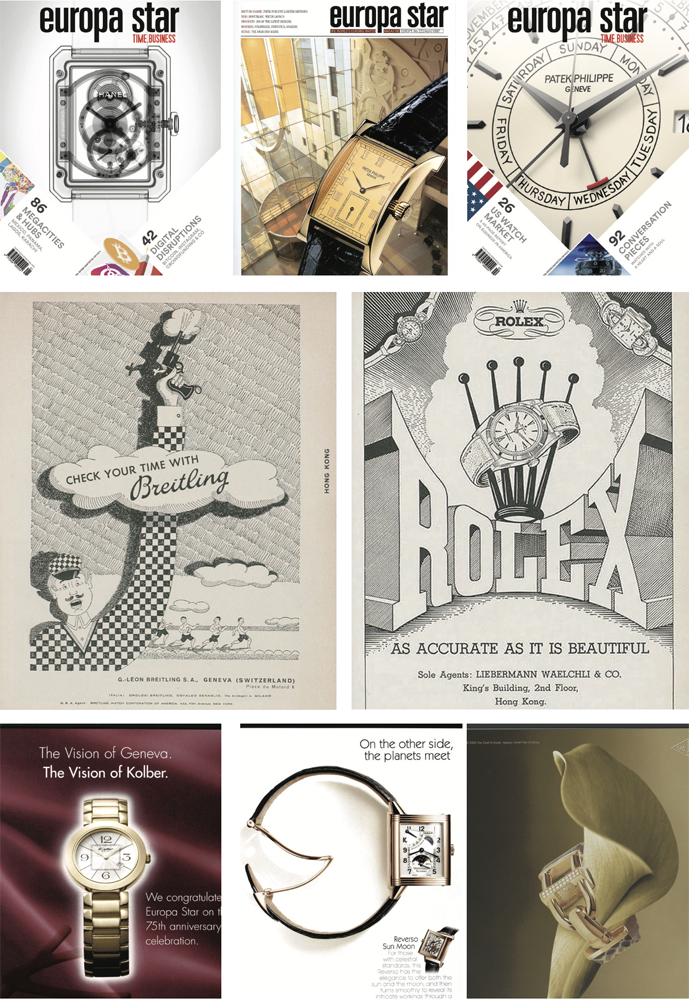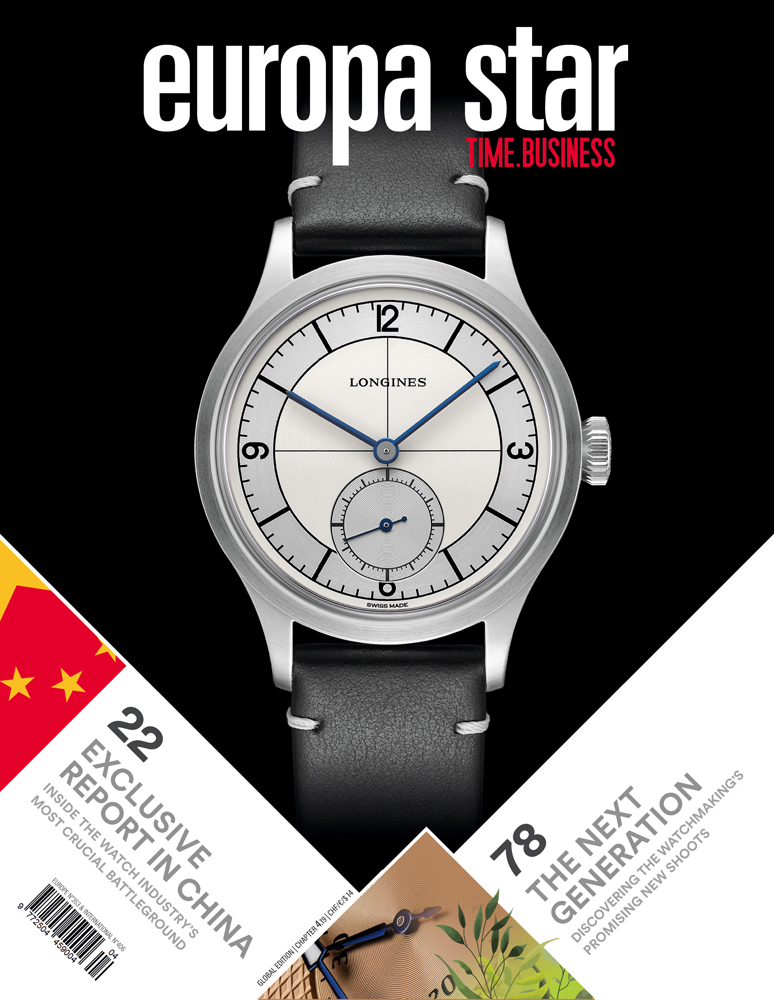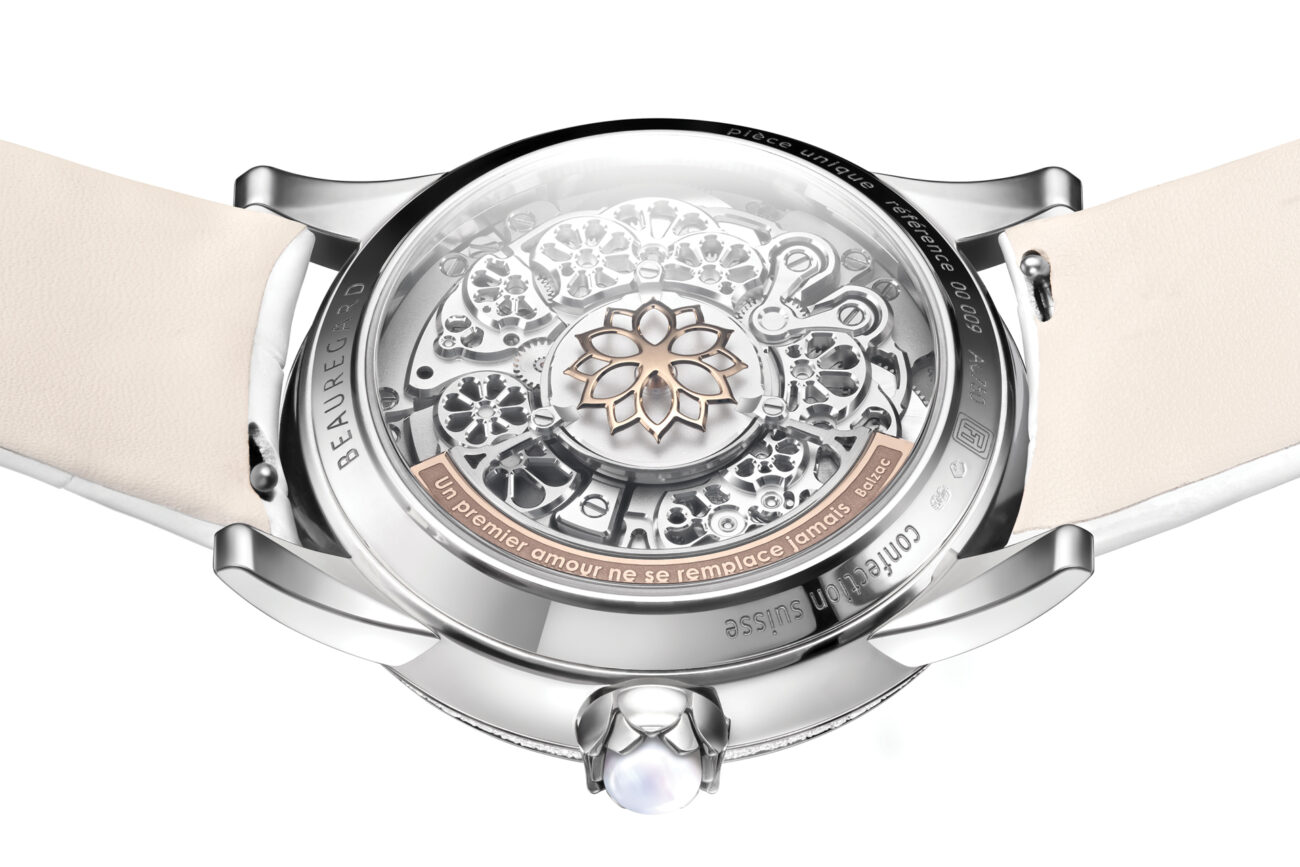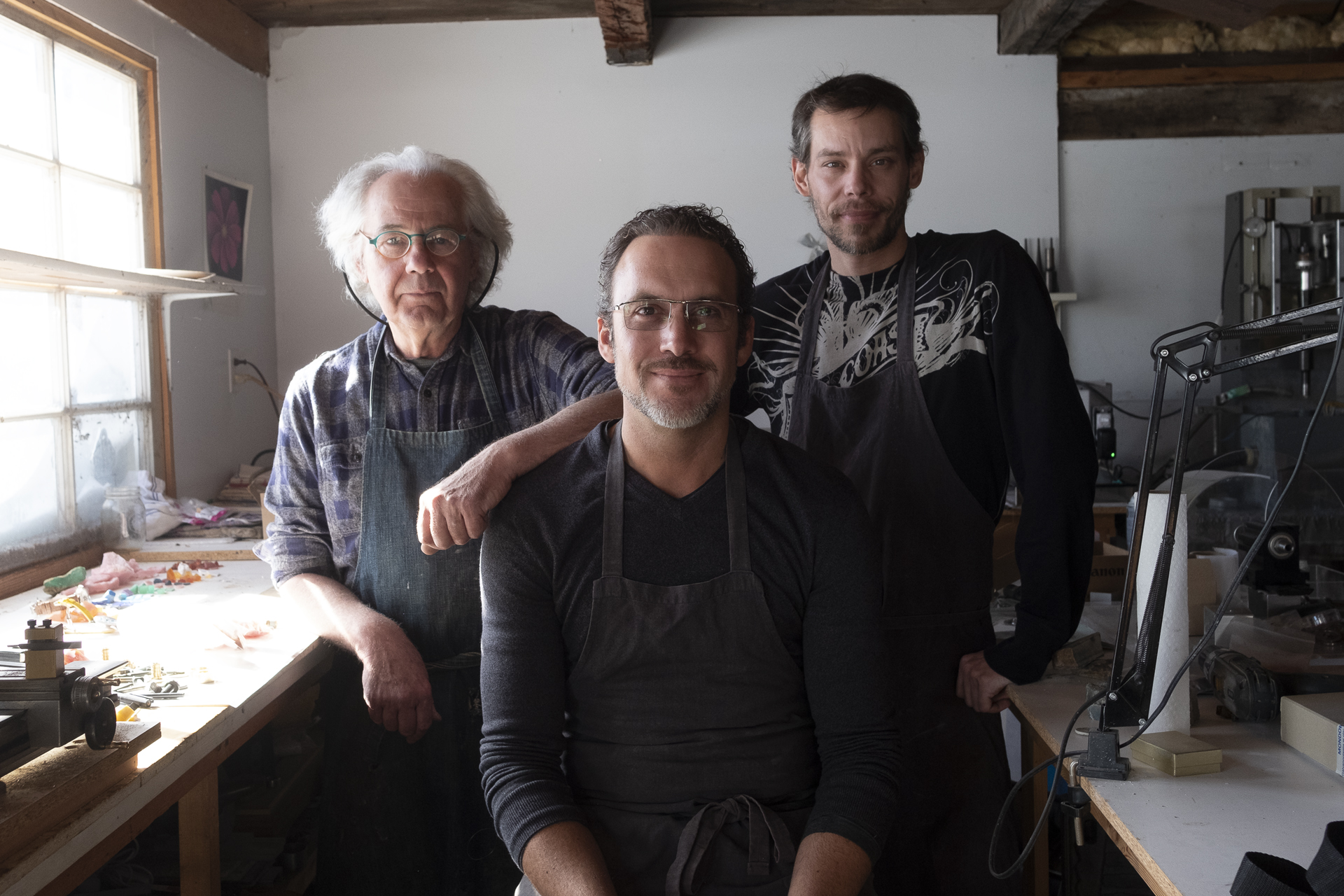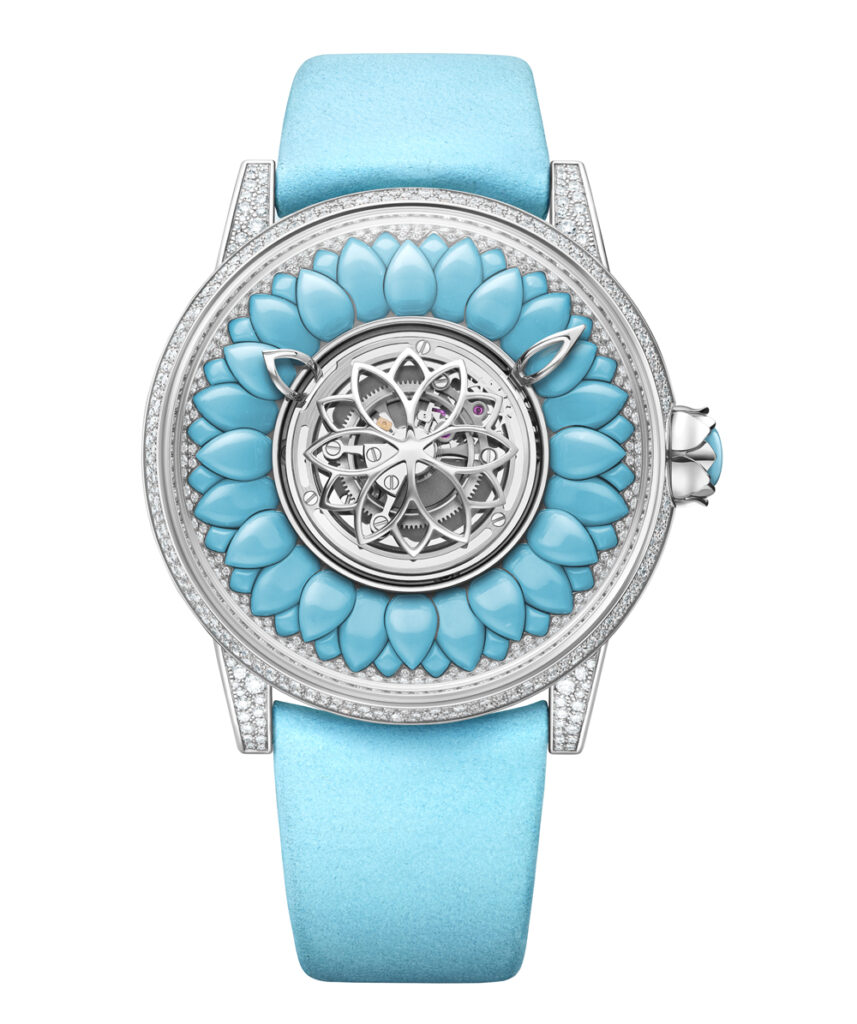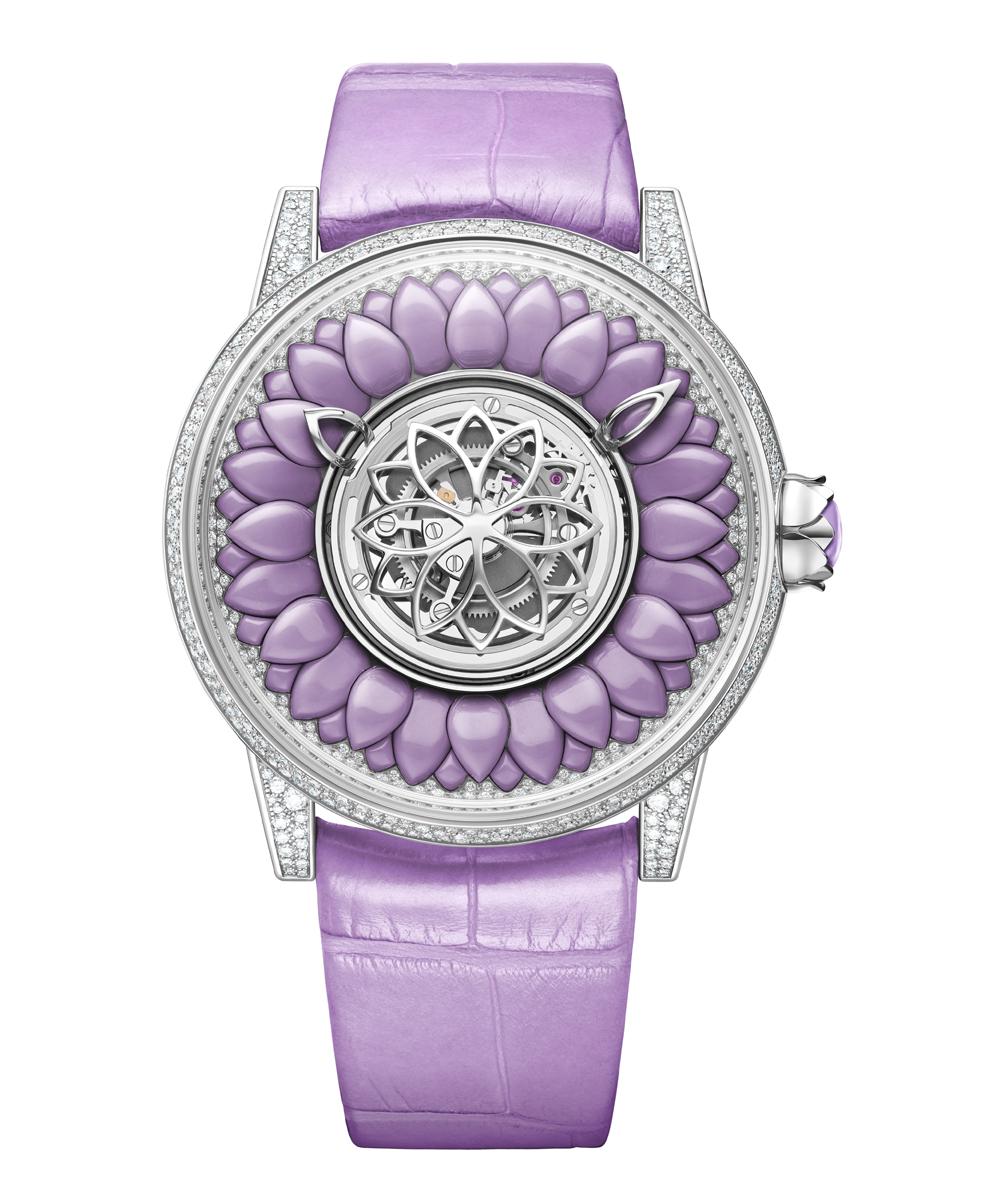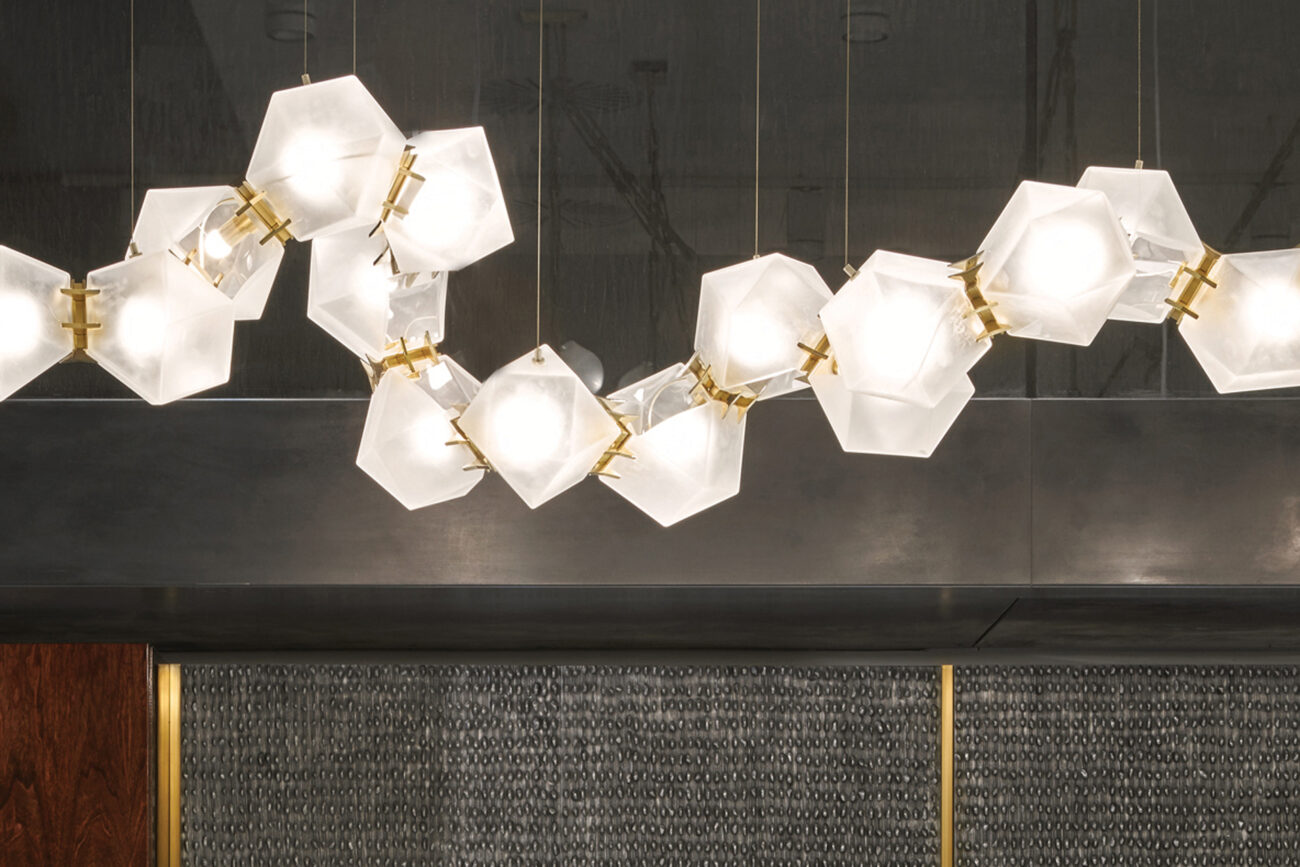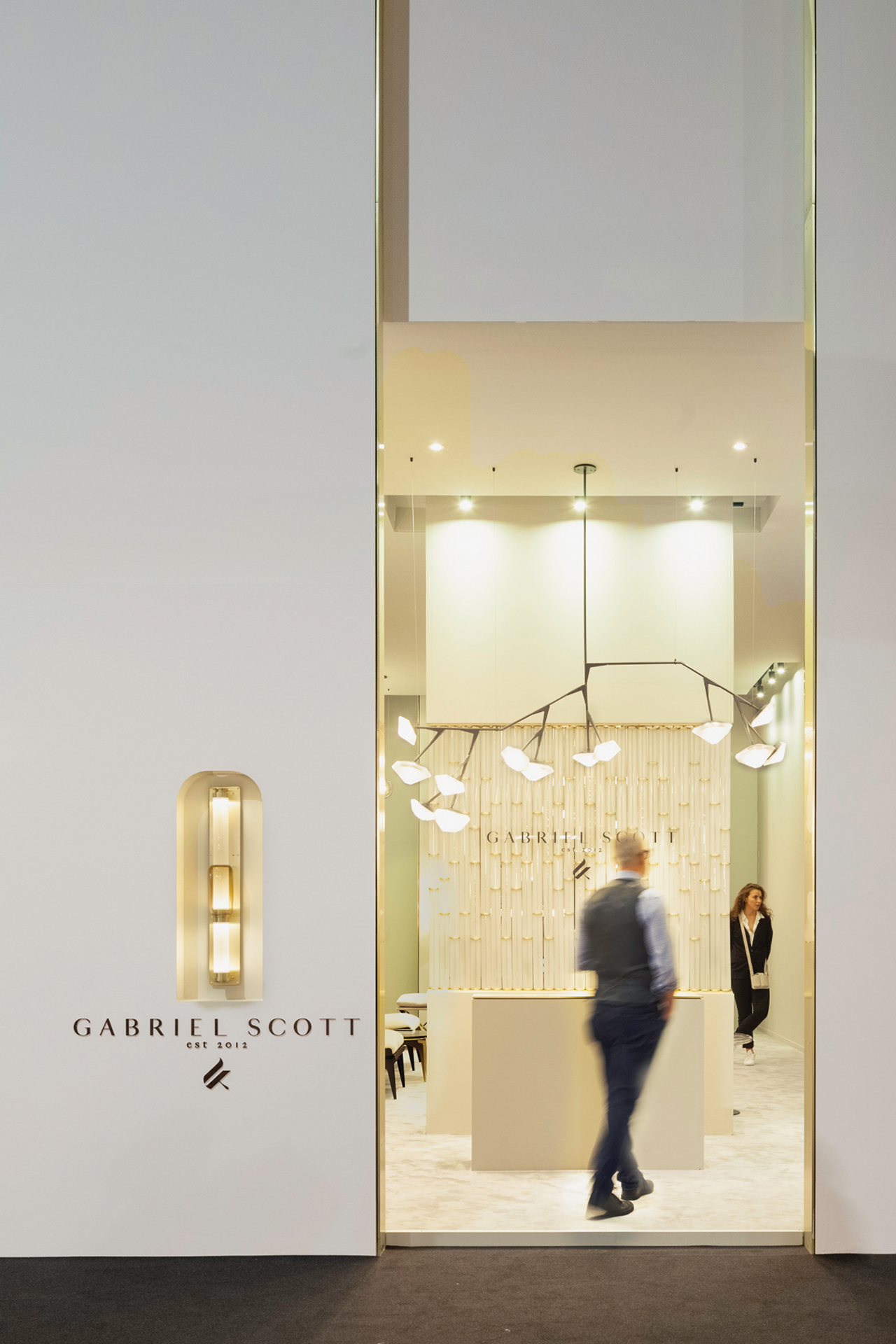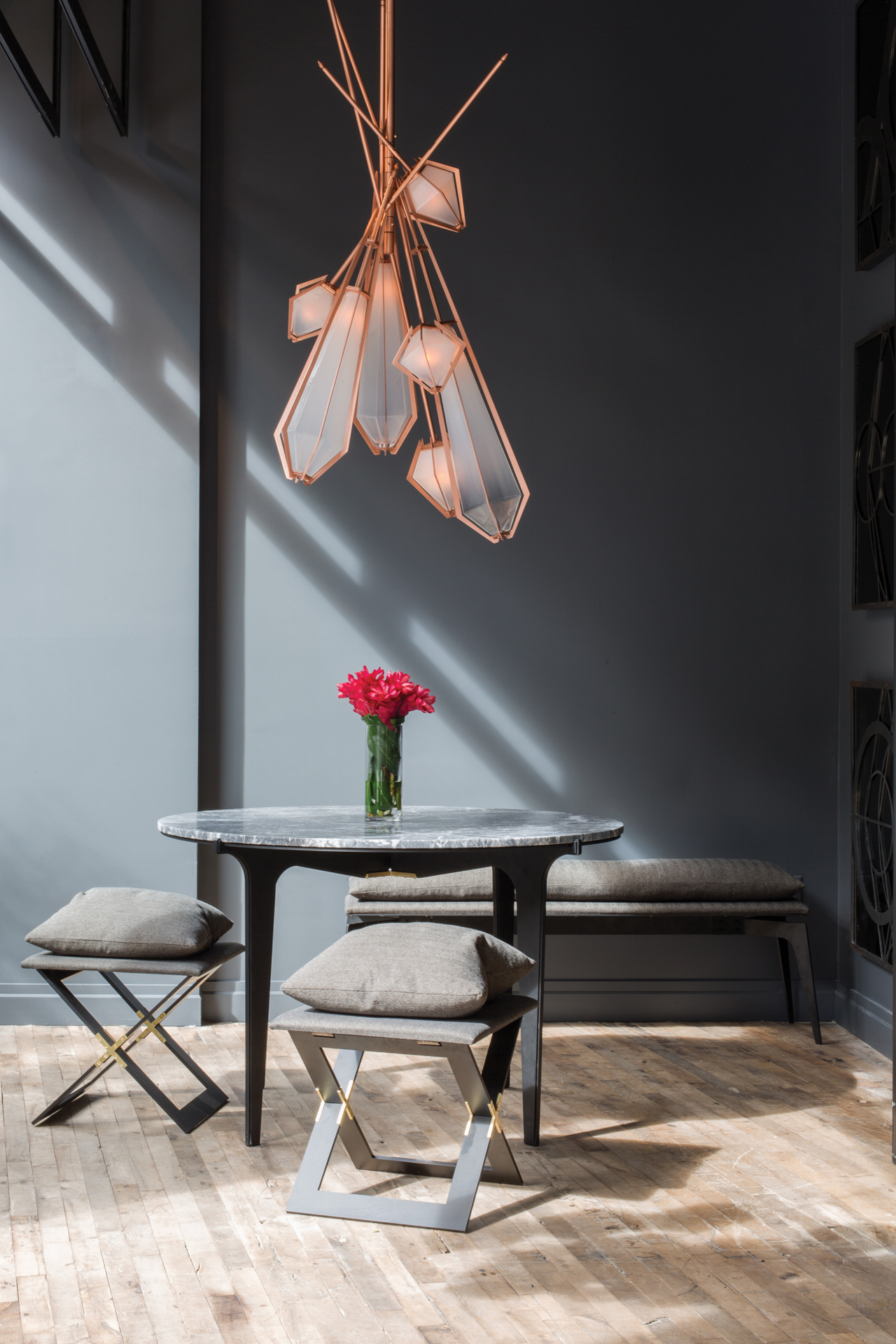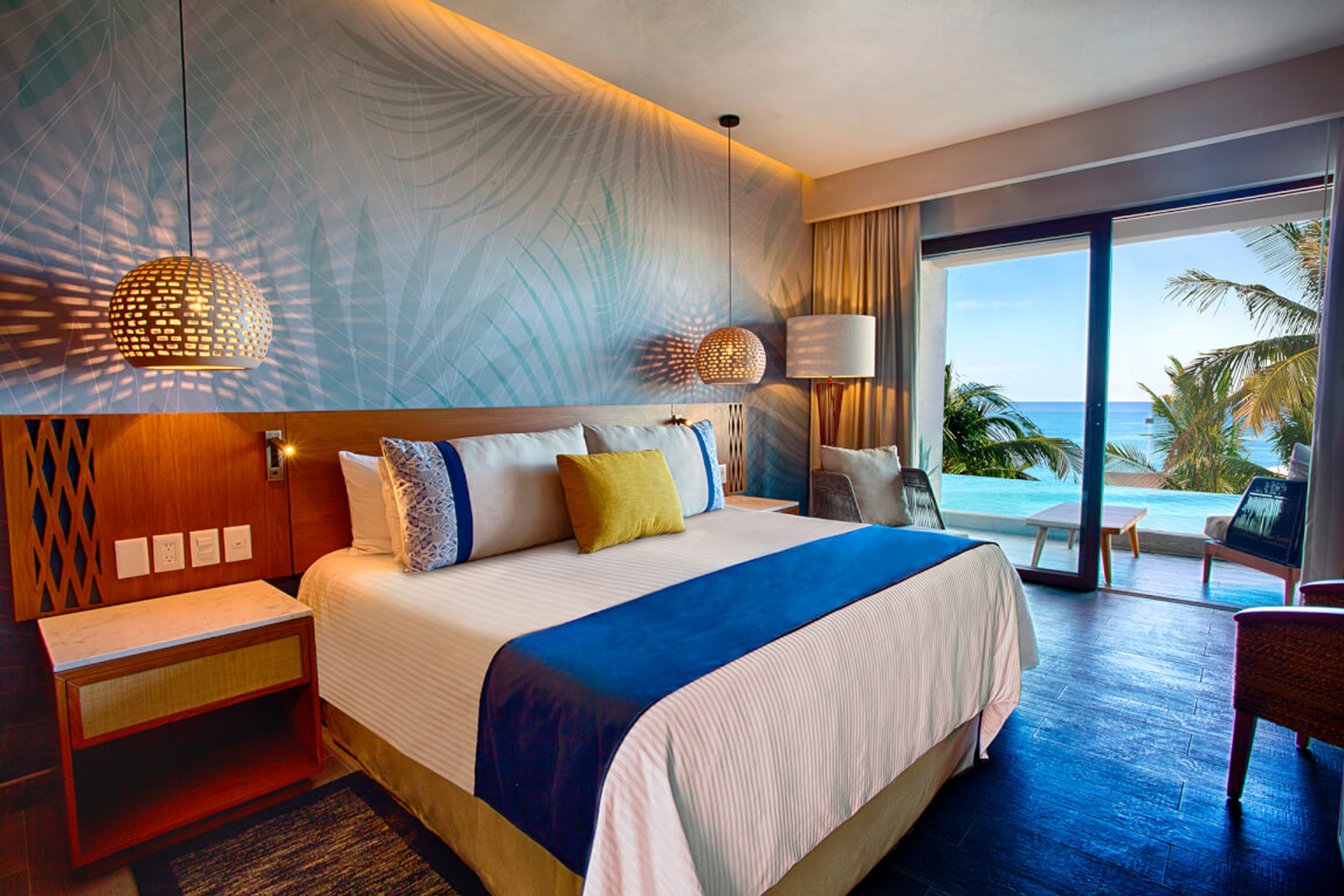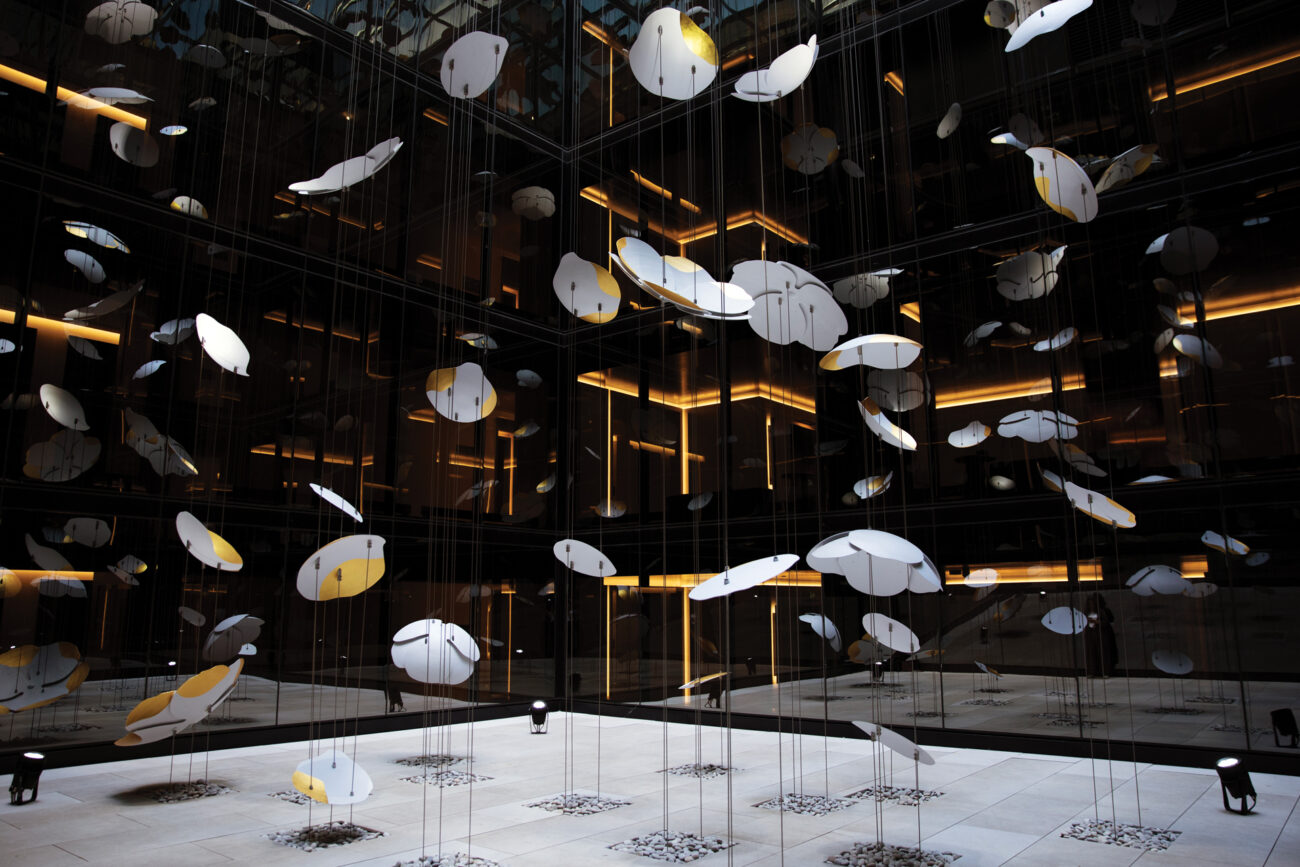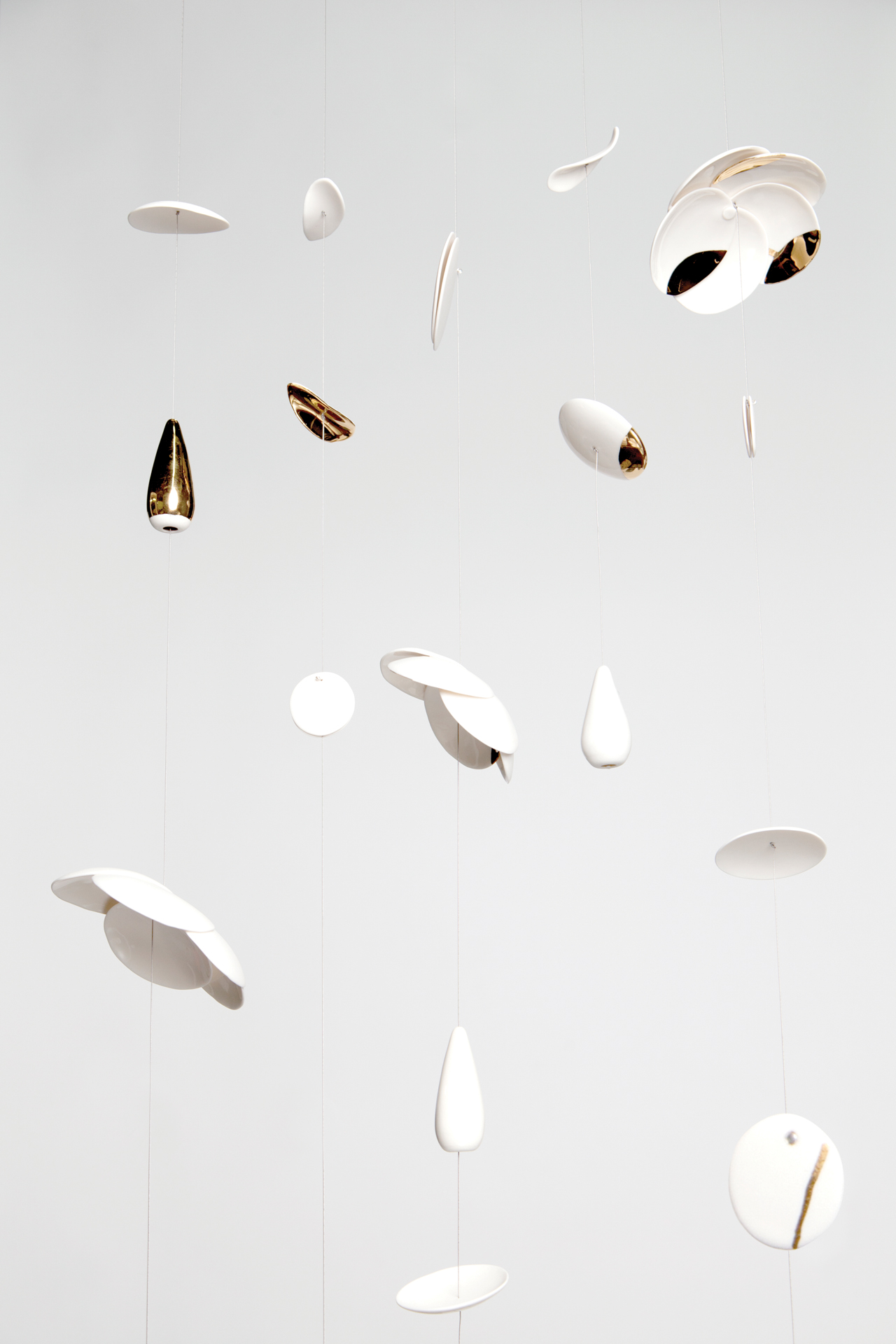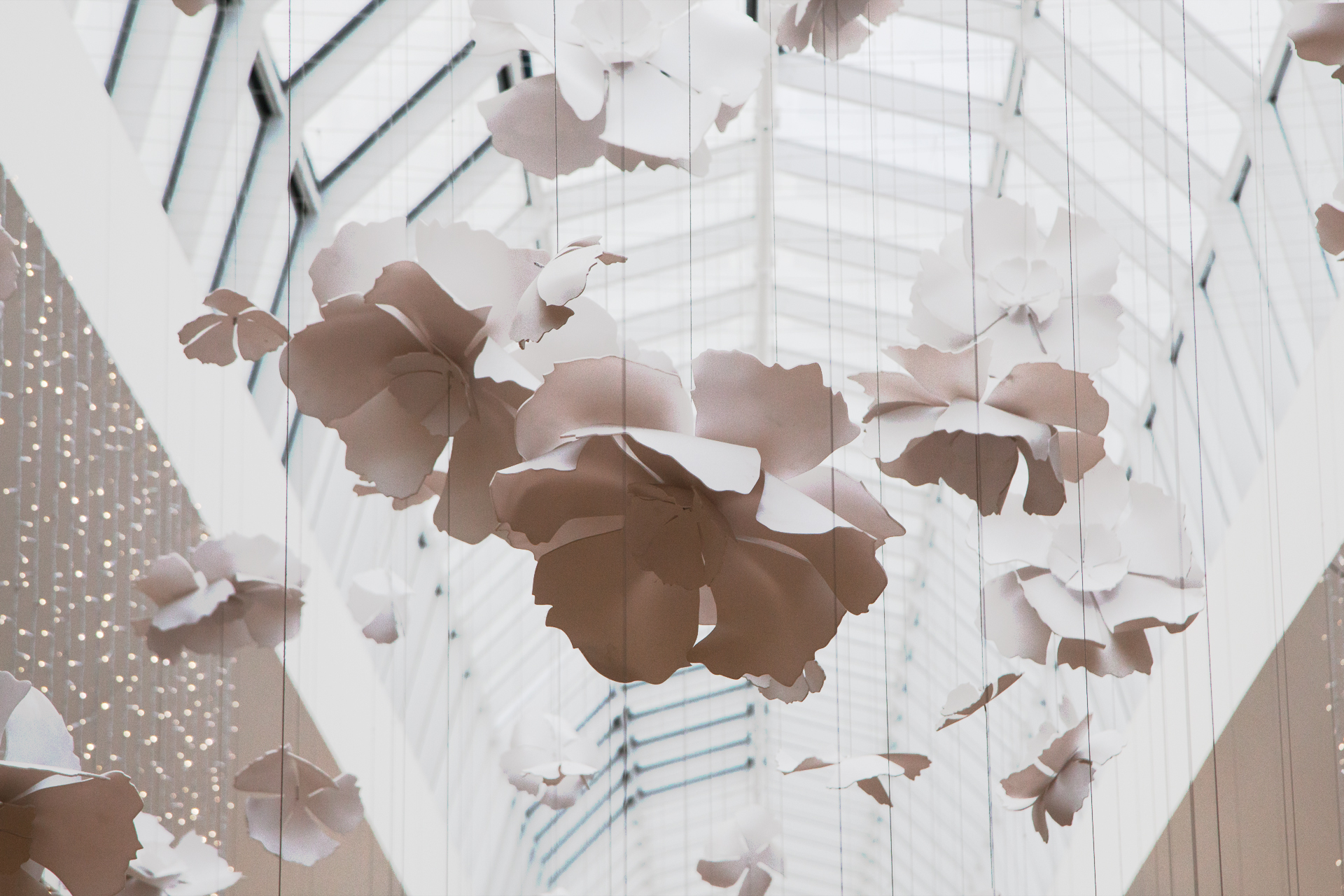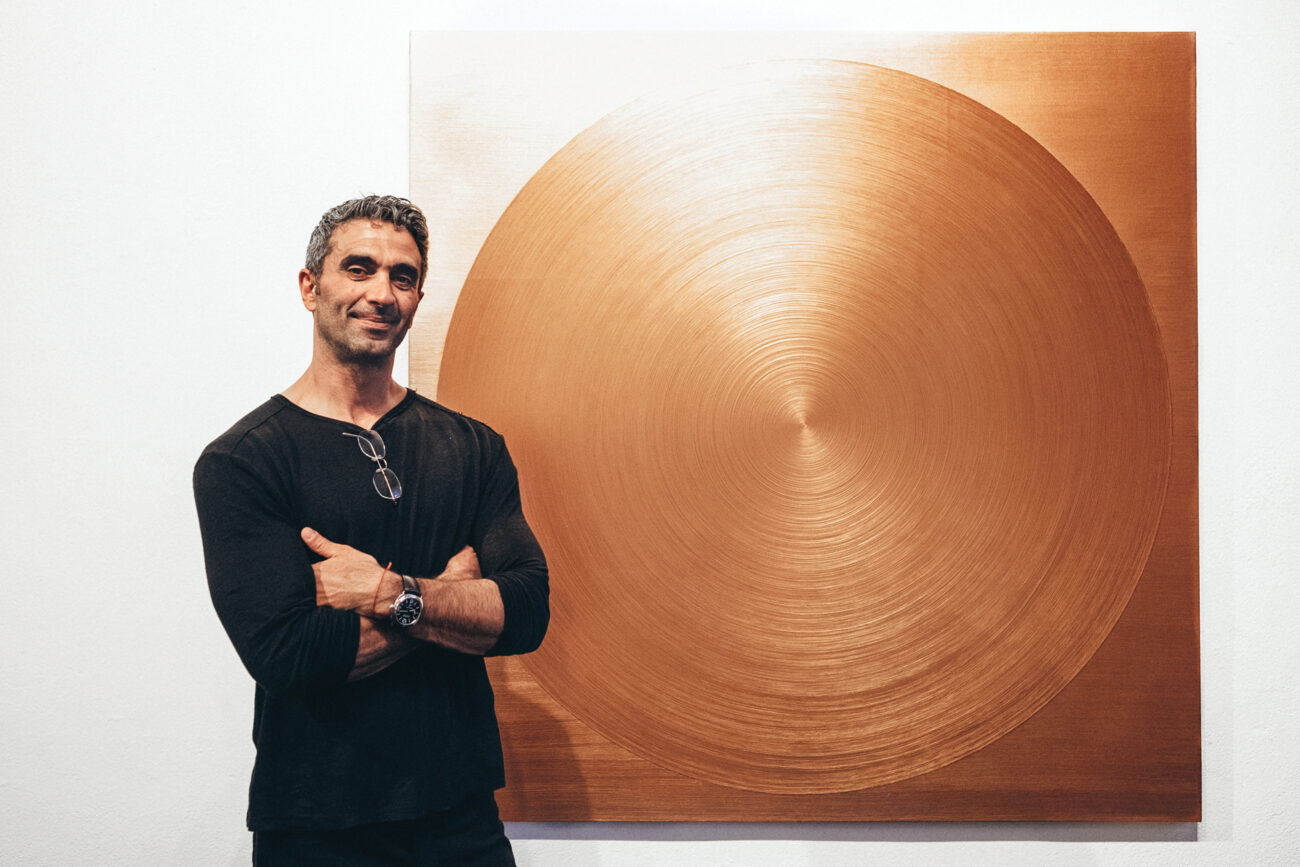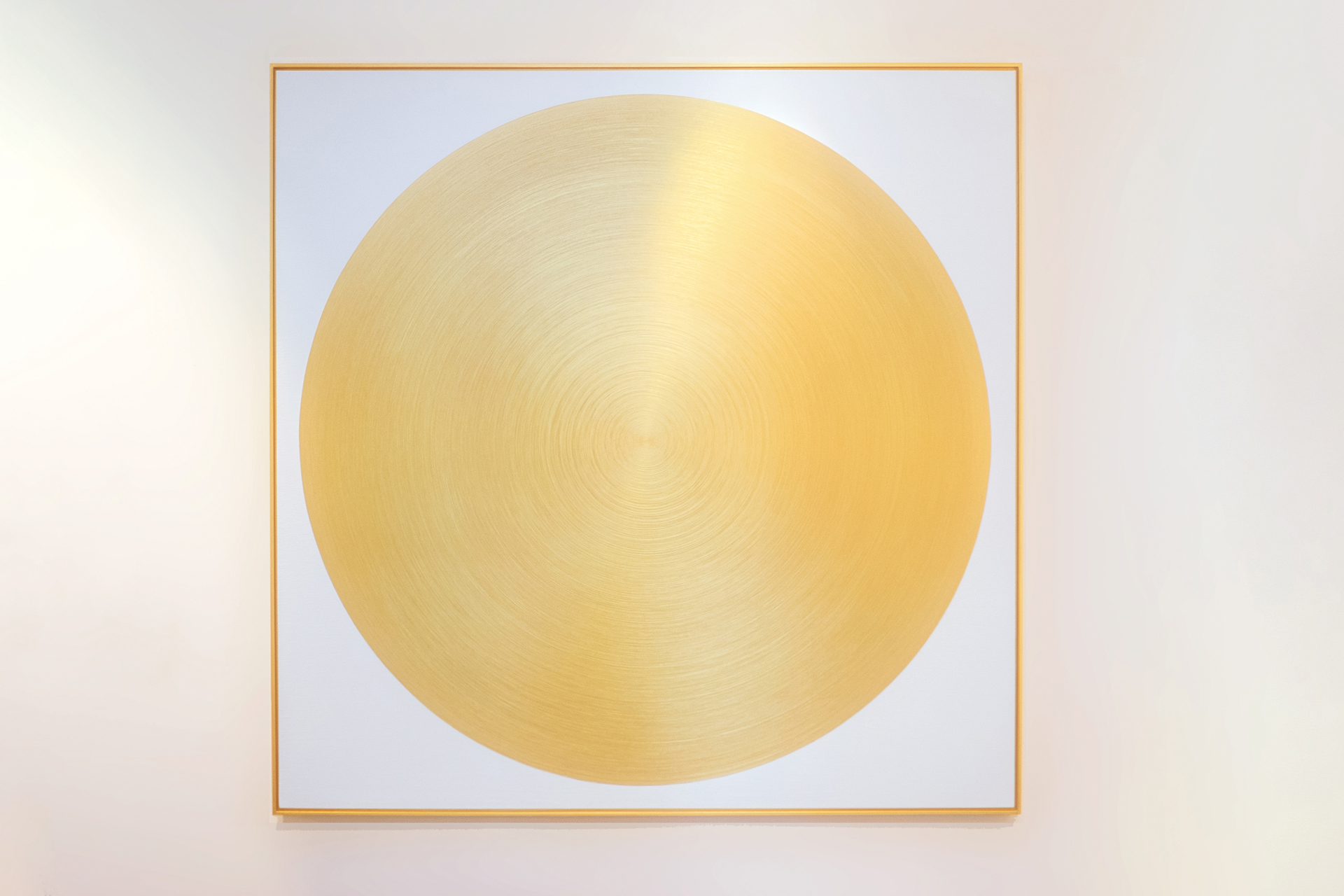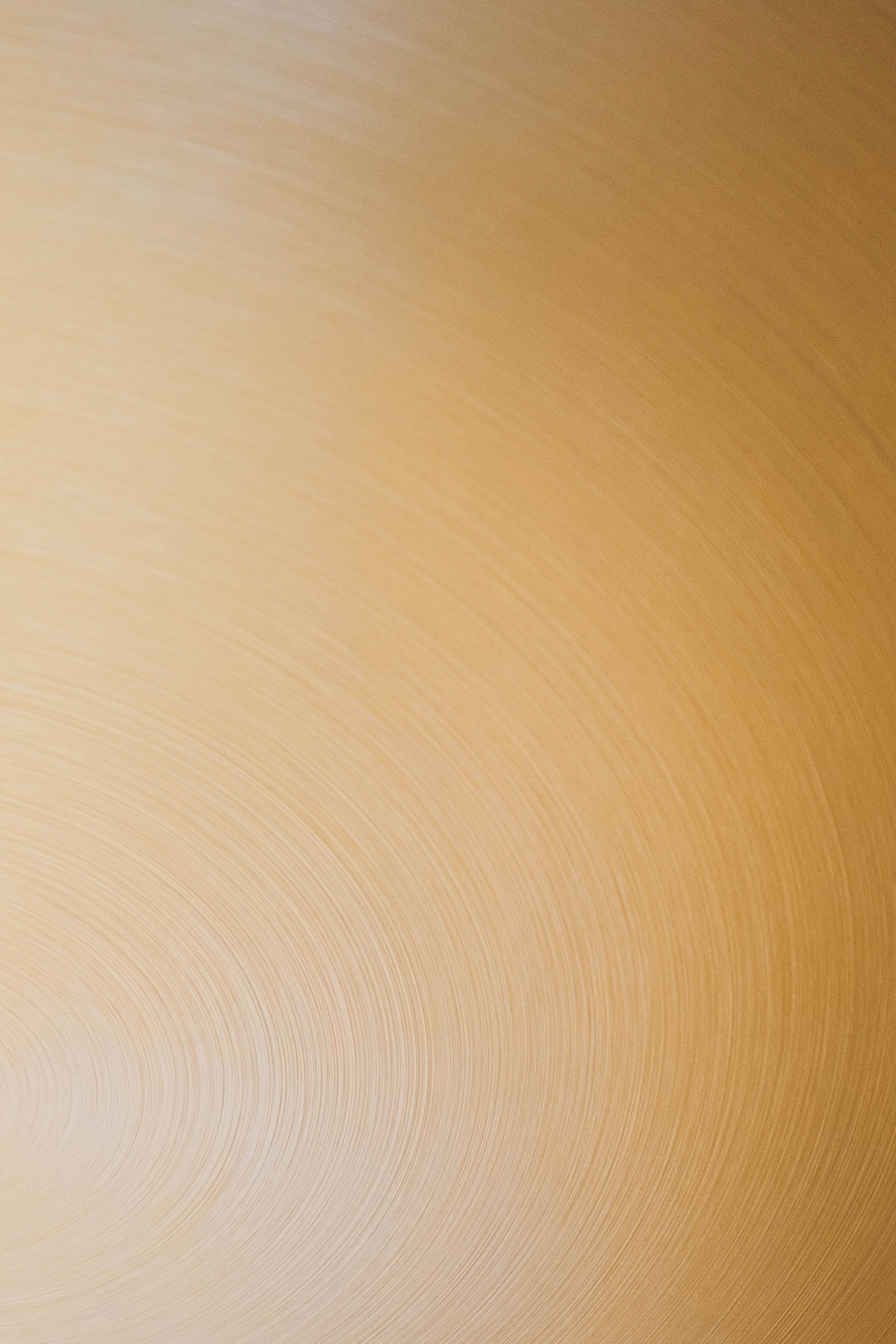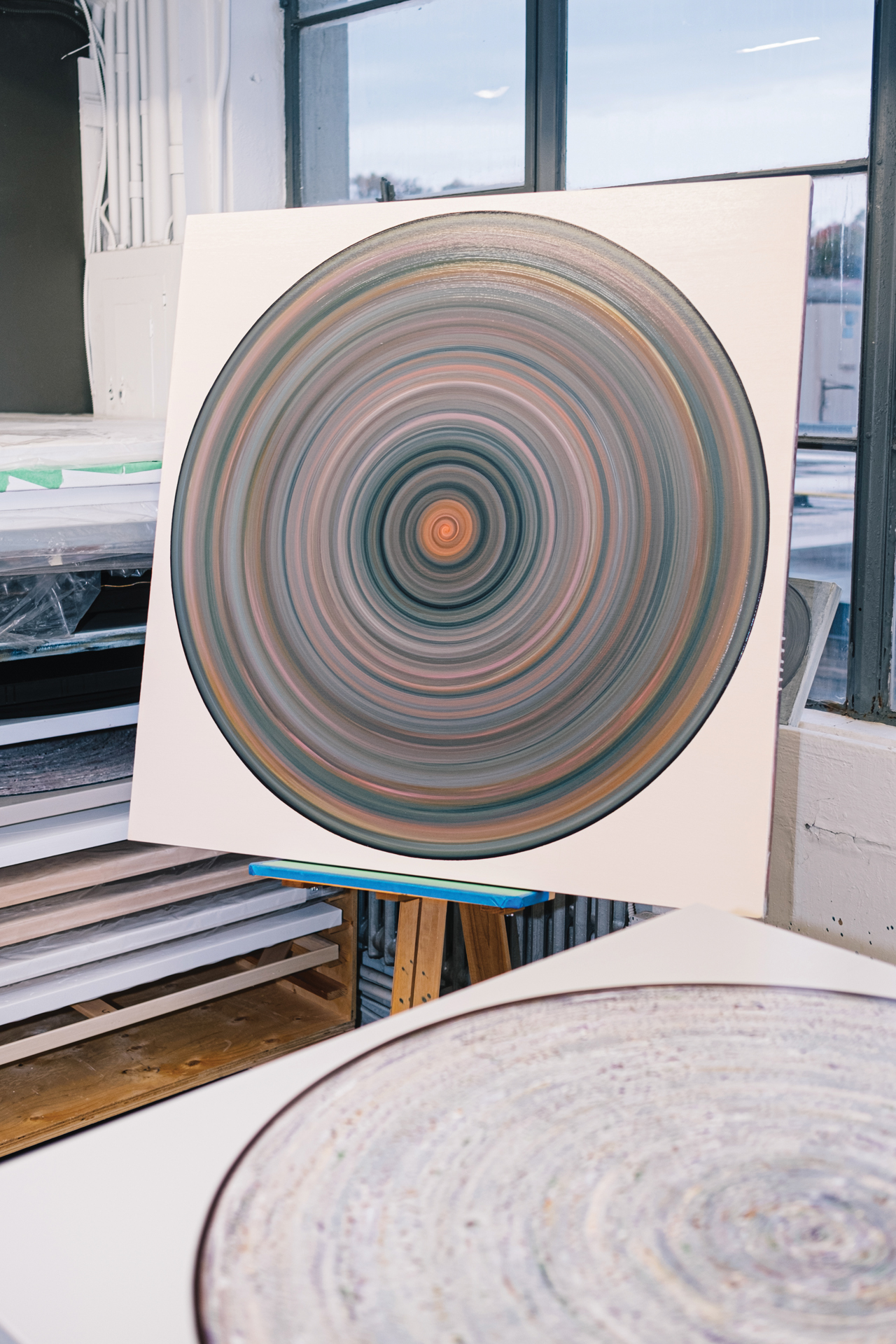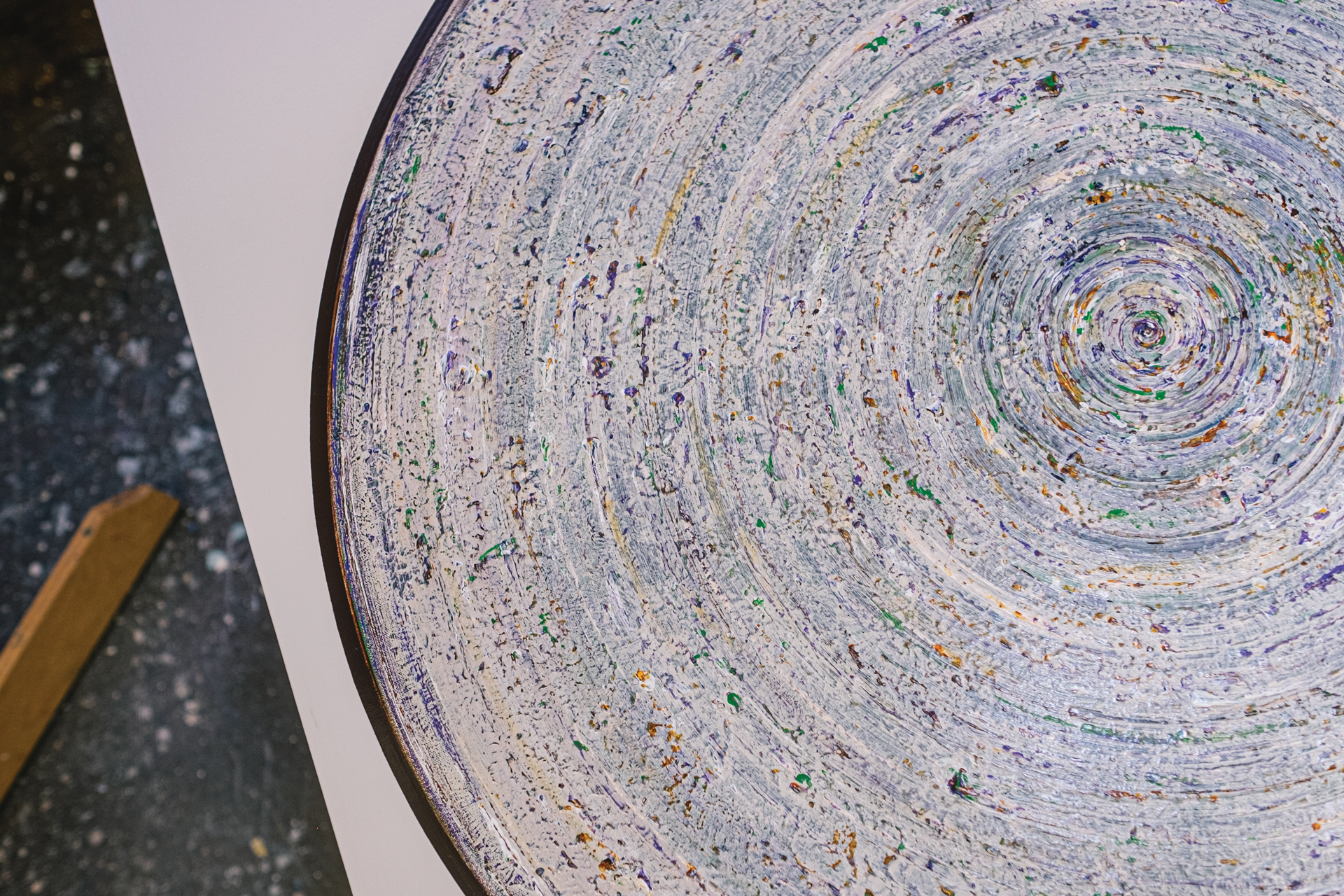Birks is Canada’s largest chain of watch and jewelry stores, with nearly 30 points of sale across the country. It also produces its own jewelry lines. For the latest financial year, the group recorded sales of $151 million. This company, founded in Montreal in the 19th century, also has a role in the vast reconfiguration of watch retail in North America. In 2017 it sold the American watch chain Mayors, active in Florida and Georgia, to the British group Watches of Switzerland for 106.8 million dollars. The launch of Birks branded jewelry collections in the United Kingdom began in September 2017 through an exclusive distribution agreement with Mappin & Webb and Goldsmiths. The company intends to increase its presence in international markets over the next five years. Europa Star interviewed Grigor Garabedian, head of the Birks Group’s central watchmaking division.
In collaboration with Europa Star
A first store was opened by Henry Birks in 1879 in Montreal
What have been the major milestones in the Birks’ Group’s history?
Henry Birks opened his first jewelry store in Montreal in 1879. A few years later, he moved to Phillips Square, where one of our flagship stores is still located today. By 1901, the group had expanded nationally, with outlets in Ottawa, Winnipeg and Vancouver.
Another turning point was the introduction of the Birks Blue Box jewelry gift concept in 1920. In 1954, the Birks Group opened its first store in a Canadian shopping mall in Dorval. We should also mention the creation of a gift for Her Majesty Queen Elizabeth II in 1959, followed by our appointment as official supplier for the Vancouver 2010 Olympic Winter Games.
In 1993, Jonathan Birks sold the company to the Regaluxe Group and in 2005 Birks merged with Mayors to form the group we know today.
How many points of sale do you have today?
Maison Birks has 28 stores across Canada and our jewelry collections are available in 63 retail outlets in North America and the United Kingdom. Our group also operates a Patek Philippe store in Vancouver and several shop-in-shop stores, for example for Rolex in Calgary and Richard Mille in Vancouver.
Maison Birks downtown Montreal
What are the main growth drivers for the group?
We seek above all to remain as close as possible to the evolution of our customers’ expectations. For example, in recent years we have noticed that they are increasingly attentive to the traceability and ecological impact of their purchases. Birks has taken many steps to become a more sustainable company. We are proud to source Canadian diamonds and participate in the campaign against “dirty gold”. In addition, the recent renovation of several of our flagship stores in Montreal, Vancouver and Toronto offers a new shopping experience. I think this adaptability will ensure a bright future for us on the Canadian market.
“We have noticed that our customers are increasingly attentive to the traceability and ecological impact of their purchases.” – Grigor Garabedian, head of the Birks Group’s central watchmaking division
In 2017, you sold Mayors to the British group Watches of Switzerland. It also allowed you to develop your brand Birks Jewelry internationally, particularly in the United Kingdom. What stage are these developments at today?
We are continuing to develop Birks Fine Jewelry in the United Kingdom and the United States. We are constantly looking for new opportunities to expand our international presence.
Bee Chic series: a part of the income from this series is used to protect Canadian bees, wildlife and natural areas
Do you have an e-commerce platform?
Yes, a wide selection of our watches, for example from Cartier or TAG Heuer, are available for purchase on our online platform. Digital shopping is gaining in popularity. However, we have also noted the importance of maintaining a strong physical connection and personal experience with each customer. We want them to take the time to get to know the brands we offer in a welcoming space and to feel at home in our stores.
Do you also offer pre-owned watches?
In Canada, we have an exclusive partnership with Crown & Caliber, a platform that specializes in second-hand watches and professional authentication. We wanted to be able to offer a trusted service for this segment, which is why we have partnered with a well-known player in the industry. The process is very simple: you can choose between cash payment or Birks gift credit, with an additional 20% value for the second option. You then send the watch to Crown & Caliber for inspection and authentication, before receiving your payment directly by mail.



